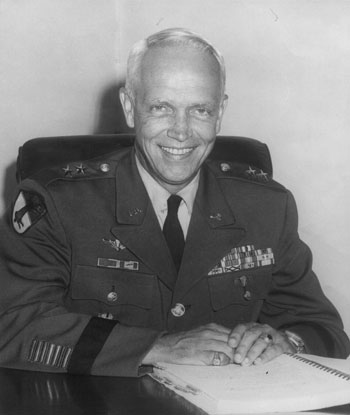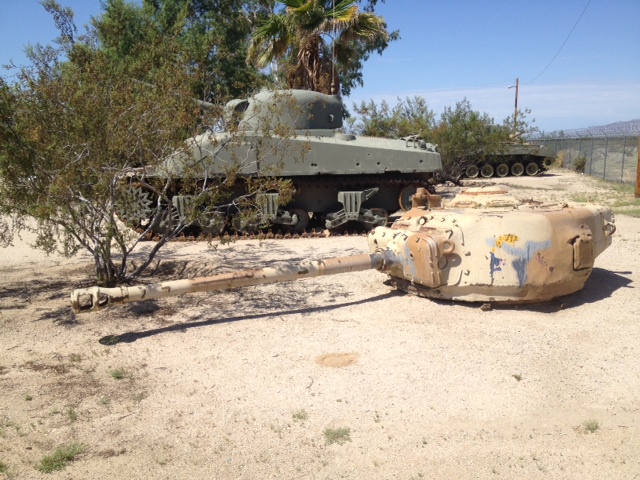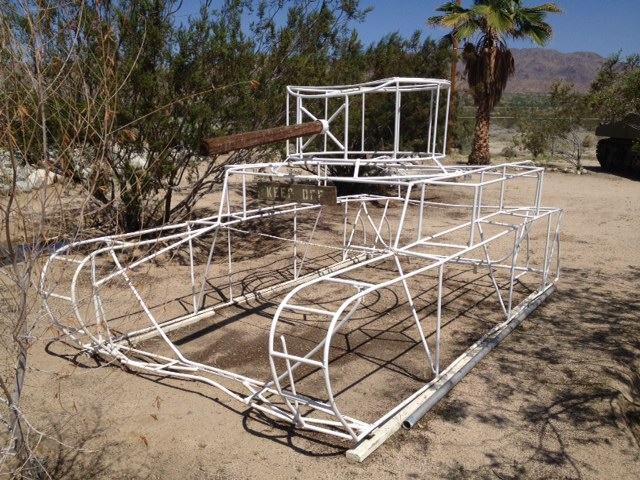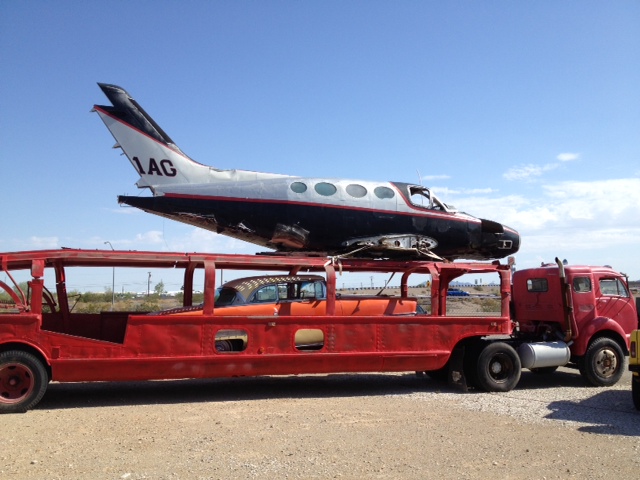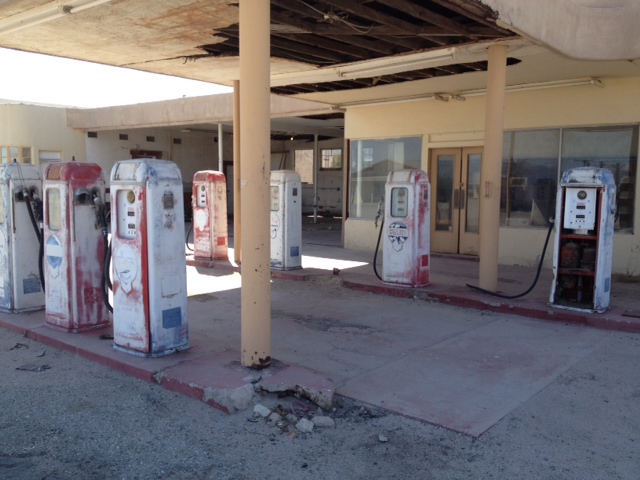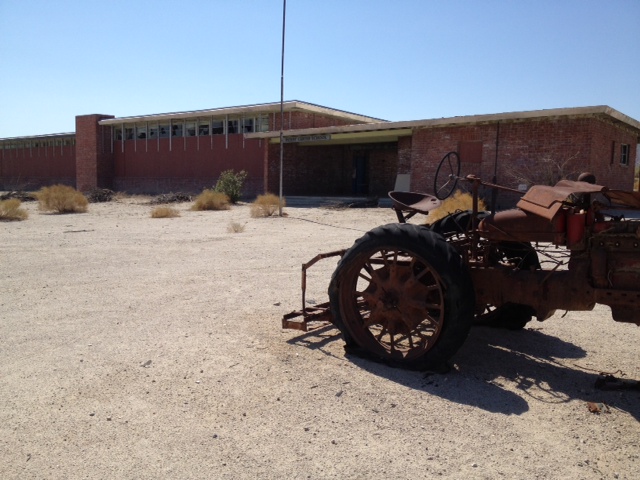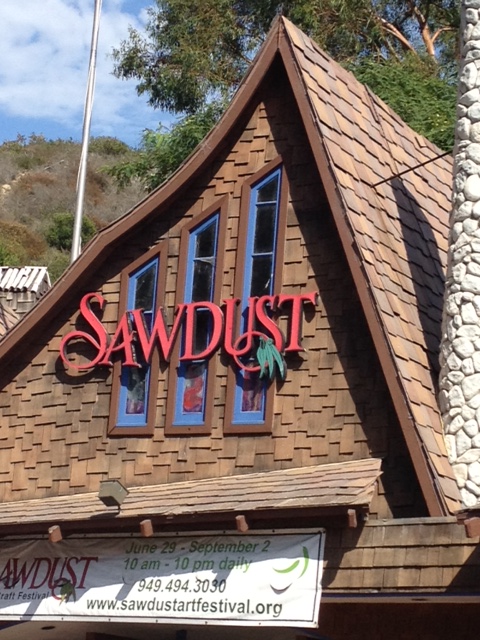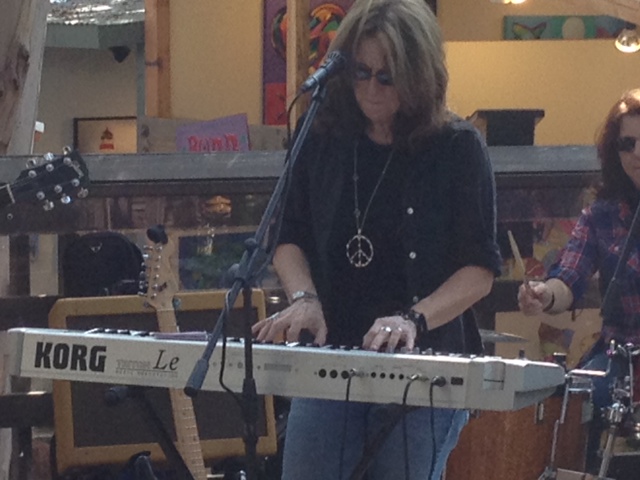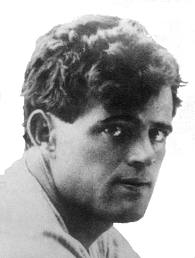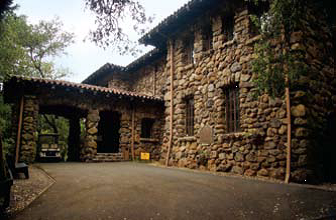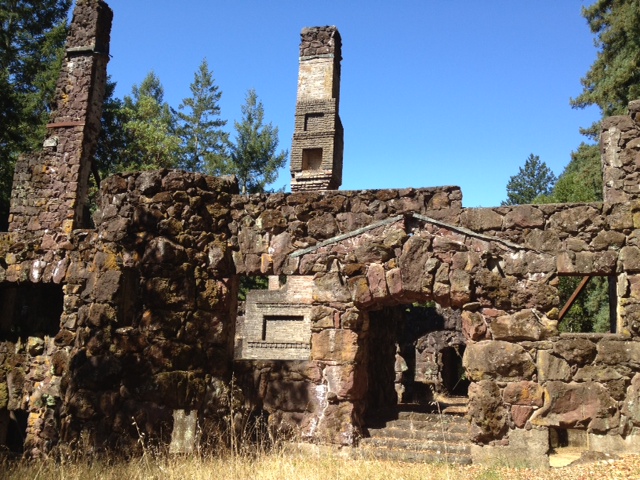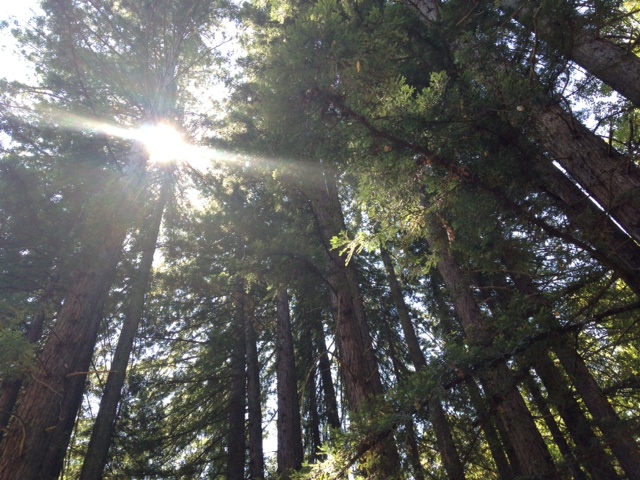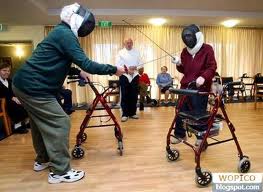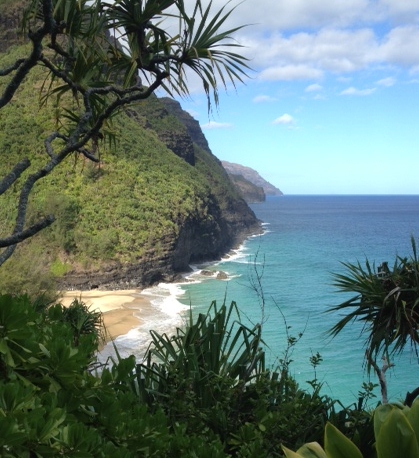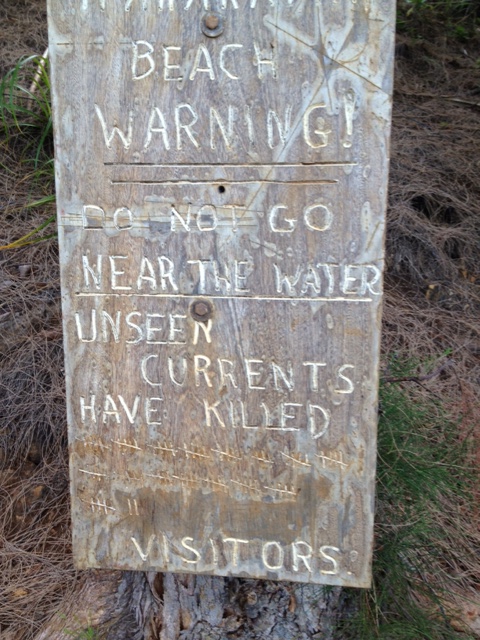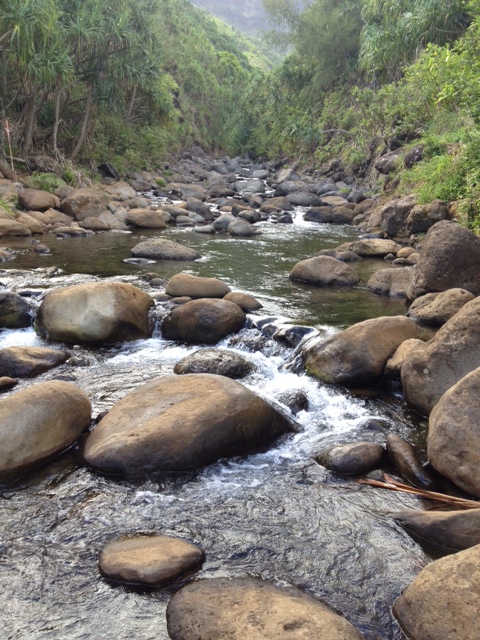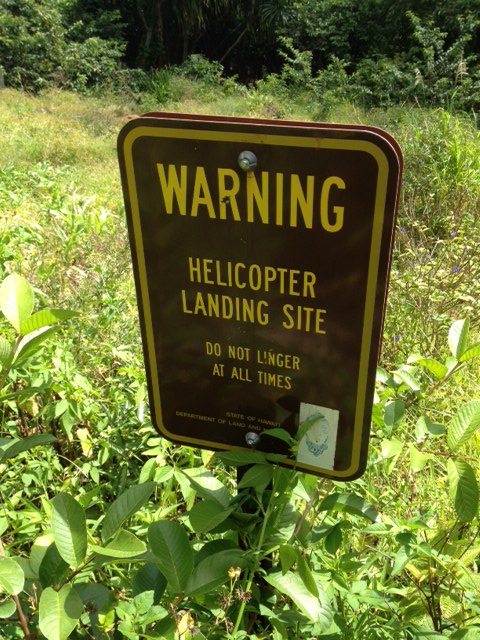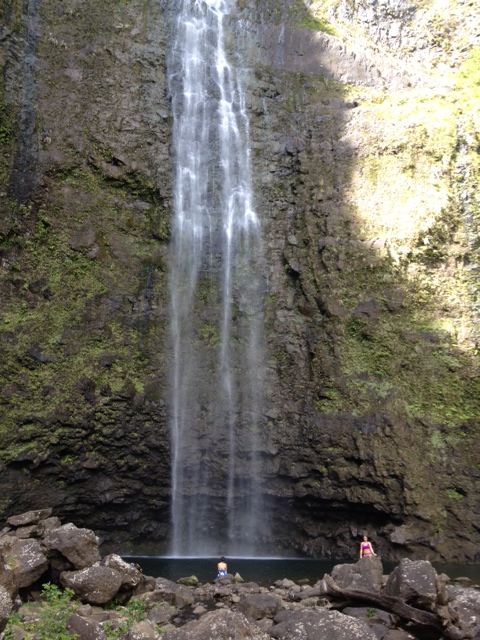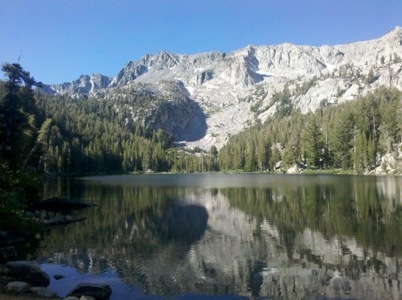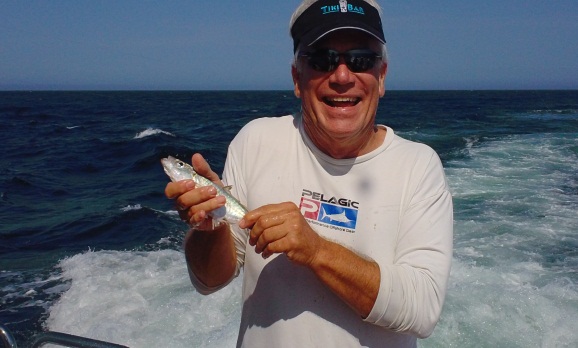by Bob Sparrow
The Museum
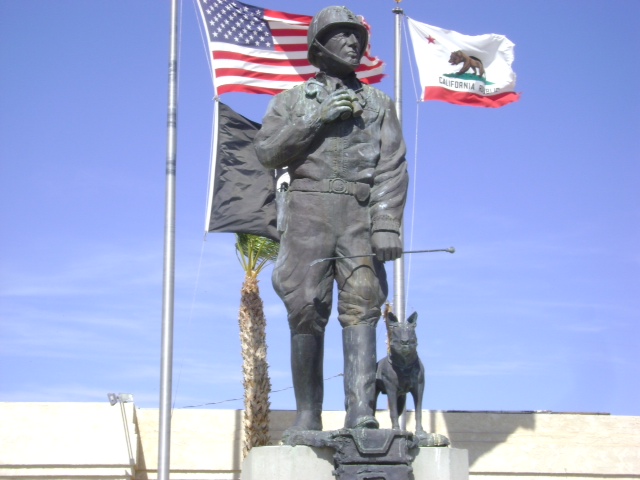 I turned off the freeway and headed for the museum and see a statue of General Patton and his trusty dog, William the Conqueror, atop the museum as well as an assortment of tanks off to the left side of the single story building. I learned that this is not the ‘official’ Patton Museum; that is in Fort Knox, Kentucky, but since I wasn’t headed in that direction anytime soon, I figured I’d check out this ‘memorial’ museum, which is built on the site of the former Desert Training Center, in beautiful Chirico Summit, CA. The surrounding environment is very hostile, which is why this area was selected as a place to train our armored division for battles in Northern Africa during WWII. At the time Patton said,
I turned off the freeway and headed for the museum and see a statue of General Patton and his trusty dog, William the Conqueror, atop the museum as well as an assortment of tanks off to the left side of the single story building. I learned that this is not the ‘official’ Patton Museum; that is in Fort Knox, Kentucky, but since I wasn’t headed in that direction anytime soon, I figured I’d check out this ‘memorial’ museum, which is built on the site of the former Desert Training Center, in beautiful Chirico Summit, CA. The surrounding environment is very hostile, which is why this area was selected as a place to train our armored division for battles in Northern Africa during WWII. At the time Patton said,
“If you can work successfully here, in this country, it will be no difficulty at all to kill the assorted sons of bitches you meet in any other country.”
Back in the day, the Desert Training Center was 18,000 square miles, making it the largest military installation in the world; it opened in 1942 and at any one time there were upwards of 190 thousand men and 27,000 tanks/halftracks training at this facility, which was lovingly referred to as, ‘the place God forgot’.
The website says that there is a ‘suggested donation’ of $5.00, but the lady at the door requires that you ‘ pay your donation’ or you ain’t gettin’ in. To me, the museum was singularly unspectacular. It’s got Patton t-shirts, miniature plastic tanks and ball caps with Army stuff on them all for sale; you can see some old uniforms, shell casings, pictures and stories about Patton’s war heroics, as well as the story of the infamous ‘slapping incident’ and the details of his freakish accidental death as a result of a car accident. But some of the items, like a room with Holocaust photos and the story of Desert Storm and other artifacts, seem unrelated and appear to be just filler. Even the pictures of Patton were disappointing. Of course my image of Patton is really the image of George C. Scott – well, check out the pictures of each, who would you more likely follow into battle?
So the real draw to the museum, I thought, must be the tanks. I went outside into the oppressive heat and was first greeted by a friendly sign warning me of other ‘visitors’ who may be in the area – hope they paid their donation.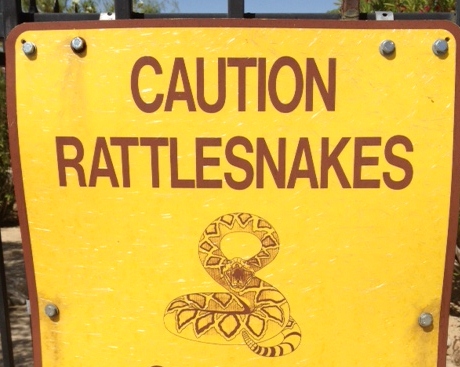
There are 15 or so assorted tanks and halftracks sitting in the sand, mostly in disrepair, and looking like petrified dinosaurs stuck in the desert. I thought it might be interesting to see the insides of a tank and perhaps sit in the driver’s seat – but the sign said ‘Do Not Climb On The Tanks!’ They were hot to the touch anyway and if it was 108 degrees in the shade, you could probably bake a turkey on the driver’s seat.
There were also several ‘frames’ of tanks (see above right) which at first I thought were sort of like Jungle Jims that kids could play on, but there was a sign on them that said ‘Keep Off’ – so I guess they were just there to reserve a place for future tanks, not sure.
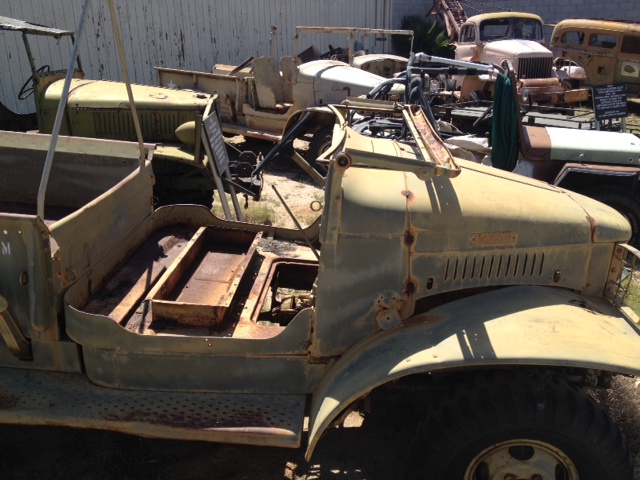 Off in a fenced-in area there were more relics in severe disrepair, and I wasn’t sure if it was fenced off so they could charge extra to see these beauties or whether these would be on display at a later time, but as you can tell by the picture (right) it may not be worth another $5 to see them.
Off in a fenced-in area there were more relics in severe disrepair, and I wasn’t sure if it was fenced off so they could charge extra to see these beauties or whether these would be on display at a later time, but as you can tell by the picture (right) it may not be worth another $5 to see them.
So those of you who have seen the signs, wanted to turn off, but just kept driving, you and God were right, it is place that should be forgotten. Rent the Patton DVD and sit in your nice air-conditioned home and watch it. Great general, great movie, not-so-great museum.
